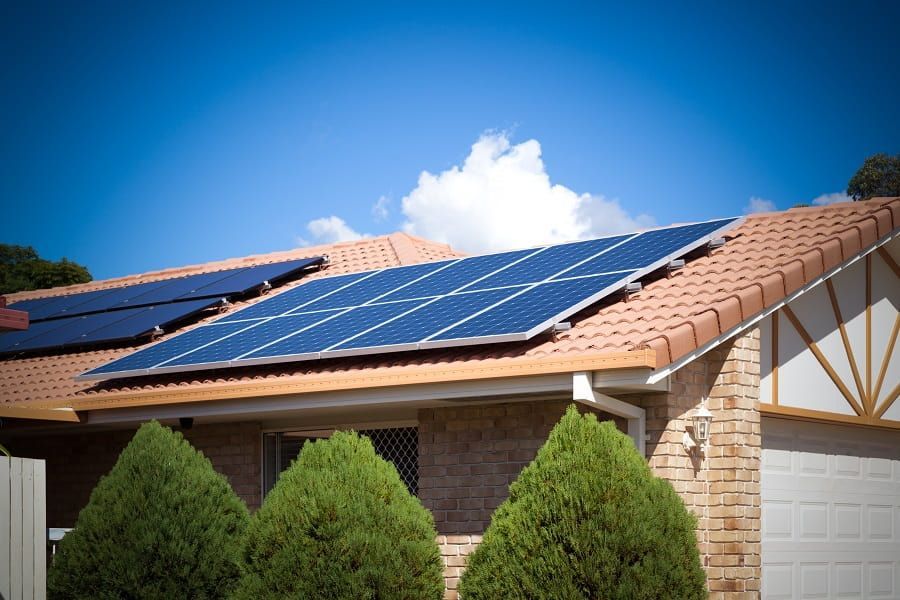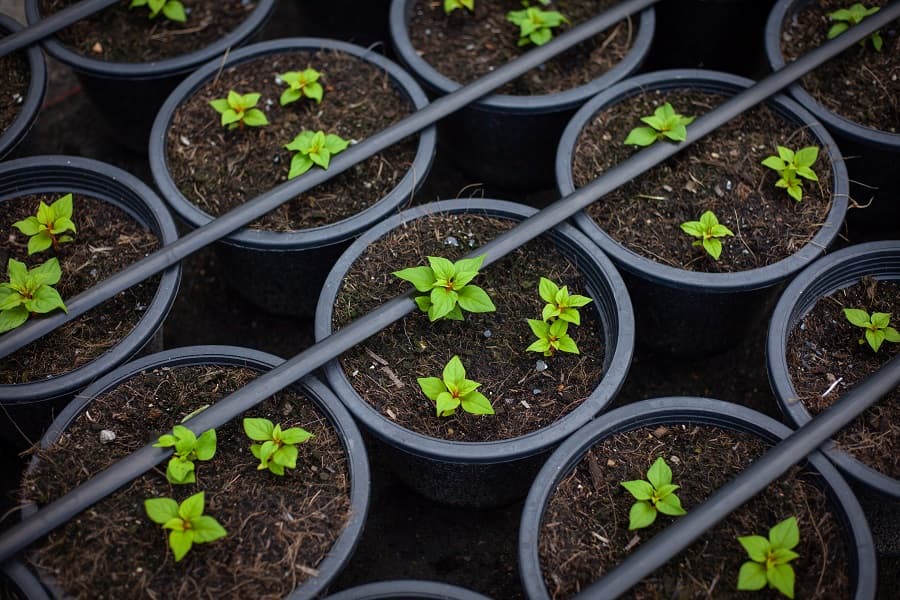
May 01, 2022
Our conversations on sustainability are generally framed around doing good for the earth and feeling good about it. And as important as it is to reduce our carbon footprint, we tend to forget about the cost benefits that flow out of sustainable home designs.

Green buildings, for instance, are increasingly fetching higher resale value and selling faster in many property markets. Green features are important for the new crop of homebuyers, not to speak of civic authorities as even governments are extending tax credits to energy efficient homes. Moreover, green homes free of toxins mean reduced health hazards for occupants and lowered medical debts.
Here’s looking at some of the other ways in which sustainable home designing can trim your monthly costs and, by doing so, elevate your living standards.
Lower your energy bills
Solar panels reduce your home’s dependence on the power grid. Solar panels generate power by day that also gets stored away in a battery for when it’s dark. This can also be released in case of a grid outage and keep your appliances running.

Insulation
Closed-cell spray foam, a tight insulation material, is another great energy-saver. It seals holes and cracks in your home, keeping out air, water, moisture, and heat. Using it doesn’t hurt your wallet and, on average, it provides energy savings of up to 50% .
Low-emission windows are another good buy. These come coated with thin and invisible metallic oxide layers. Such windows admit visible light but reflect heat back on the inside during winter, keeping your indoors warm. In summer, it does just the opposite so you can avoid using your AC for as much as possible. Great options for future home design plans.
Heat pumps
A heat pump is an energy-efficient alternative to an AC. Much like a fridge, a heat pump moves heat from indoors and transfers it outdoors and in winter it works the other way round. It does use some amount of electricity, of course. Strictly speaking, a heat pump does not use renewal technology, but it can still help significantly lessen your impact on the environment from using a conventional AC.

Moreover, in tropical locations, solar thermal collectors can be hooked to heat pumps to feed the latter’s evaporator coil, which, in turn, converts the refrigerant liquid into gas, thus cooling the surrounding air. Thermal collectors can also serve to heat the domestic water in your home. Solar-powered water heating systems instead of traditional natural gas and electric heaters are also great solutions.
Star-rated appliances
Go for appliances with “high energy efficiency” stickers (e.g., Bureau of Energy Efficiency (BEE) star-ratings of the Government of India) on them. A higher star rating in a certain product subcategory (e.g., window AC) suggests it is more energy-efficient, which means a lower electricity bill for you. A star-certified appliance often comes with a higher price tag, but it’s still worth it since you end up paying less by way of operating costs over the lifespan of the appliance.
Energy-saving lights
Nothing can ever be as clean and green as natural lighting, so make sure to maximise its usage in your dream home. Tall, big, reflecting windows and large doors, skylights, etc. will let in that bright sunlight minus the heat and create an inspiring living and working space. Small windows lining the top of halls and along stairways, skylights, roof windows, sun tubes, and reflective piping are newer ways to admit more light into your living space.

Some countries have already banned regular incandescent bulbs since these are energy guzzlers. It's important that you embrace more cost-efficient alternatives like LEDs and CFLs in your home design plans. Consider the smart options that can be set on timers to avoid over-using power, when unnecessary.
Save water costs
Sustainable homes are as much about efficient energy usage as keeping water usage down to a minimum. Efficient plumbing fixtures use less water and lower your water bill. In water-scarce areas, low-flow toilets are best suited. They are as clean as traditional toilets and perform just as well, but use 20% less water than standard models. A dual flush toilet is another water-saving solution to consider.
Urban households end up spending nearly a third of their water on landscape irrigation. Just so much as leak-free valves, pipes, and tubes can cut your water bills in an appreciable way, use high-efficiency nozzles to apply water evenly across your landscape. It also pays to replace traditional watering systems with micro-irrigation systems to deliver water to your plant beds and roots in a gentle, tiny stream to minimise wastage.

At JSW One Homes, we will help design and build your dream home. Our experts can help you incorporate all of these energy saving solutions into modern day smart home designs for the dream home you have in mind. Our professionals are here to assist you every step of the way. More importantly, everything is done within the timelines and within your budget.